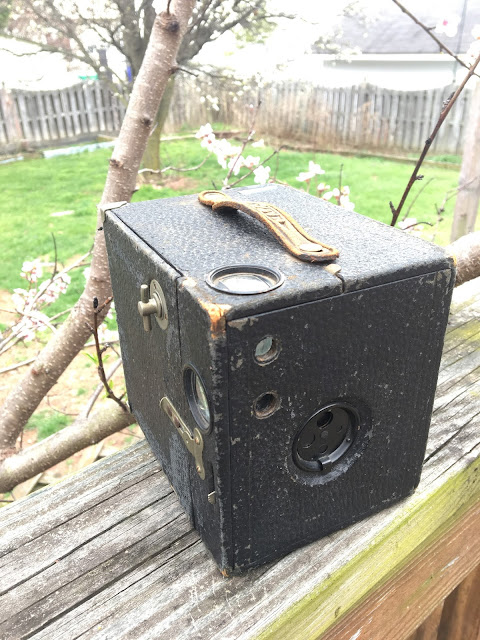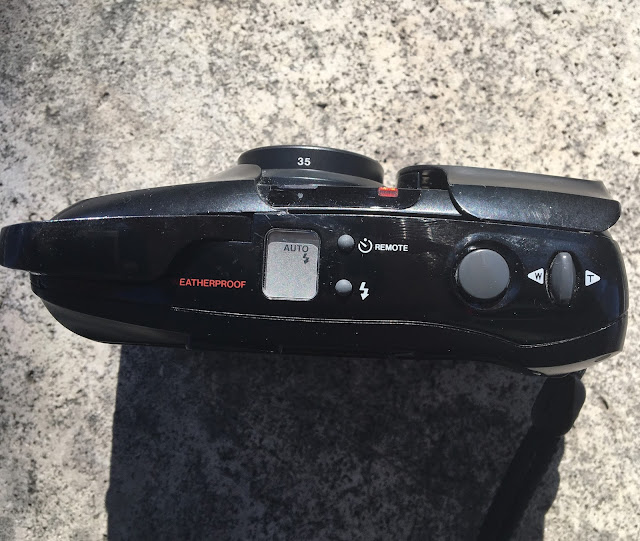Way back in my initial film days of the early 1990's, I subscribed to a number of photographic magazines that helped enlighten me to a world of photographic possibilities, most of which were beyond my photographic reach as a result my finances. Little did I realize at the time that the current information in these magazines would foster some false assumptions on my part that would only be disproven decades later.
Consider this: at that time, 35mm was about the most capable film format that a person of modest means could afford. The 120 format was much more of a pie-in-the-sky for a college student at the time that I eventually broke in 1993, but even then at a modest level. The majority of the format was in a "professional tier," and magazine ads of the times for cameras well beyond my means ran through a lineup of brand names that seemed to be namesakes only in professional medium format: Hasselblad, Bronica, and Mamiya.
Fast forward several decades and a somewhat more grey quirky guy is peeking through camera listings, when he stumbles across an cheap and attractive Tower 20B. In a bit of a rangefinder mood, I snapped it up, and upon digging into its history and mysteries, to discover that this camera was made by none other than Mamiya, a name I'd previously associated as a "medium format brand."
Turns out, Mamiya had a robust business in the 35mm format as well, not nearly to the level of popularity as big names like Canon and Nikon, but still quite respectable, before electing to concentrate the entirety of their efforts on professional grade 120 format cameras. The realization of this caused a needed shift in my paradigms, but helped me put Mamiya products on my radar as an option for 35mm shooting.
This interesting historical facet however was not enough to make the Tower 20B's shutter work, despite some of my best efforts to restore some glory to the old Mamiya product. The camera was one of the first of mine to be relegated to the field of the "Cameras of the Dead." Strike One.
A couple of months later, while at a Goodwill, I spotted yet another Mamiya product: An Auto Lux 35, a rather unusual fixed lens SLR. Upon testing out the shutter and seeing that it worked, I took it home for an extremely modest price. It was only when I got home that I realized there was no consistency at all with the shutter. It would fire at what seemed to be 1/125 of a second on one shot, only to fire at "B" on the very next shot with the same settings. While technically, the camera could record images on film, unlike the 20B, it was certainly only good for experimentation until I could find the time to see if I could fix it. Strike Two.
Fast Forward to the more recent past and another Goodwill visit. On entering the store, I could readily make out an SLR camera among the small electronics offerings on the distant wall, and upon approaching, I could see it was yet another Mamiya-Sekor product: The MSX-500.
At last, a fully working Mamiya for me.





















